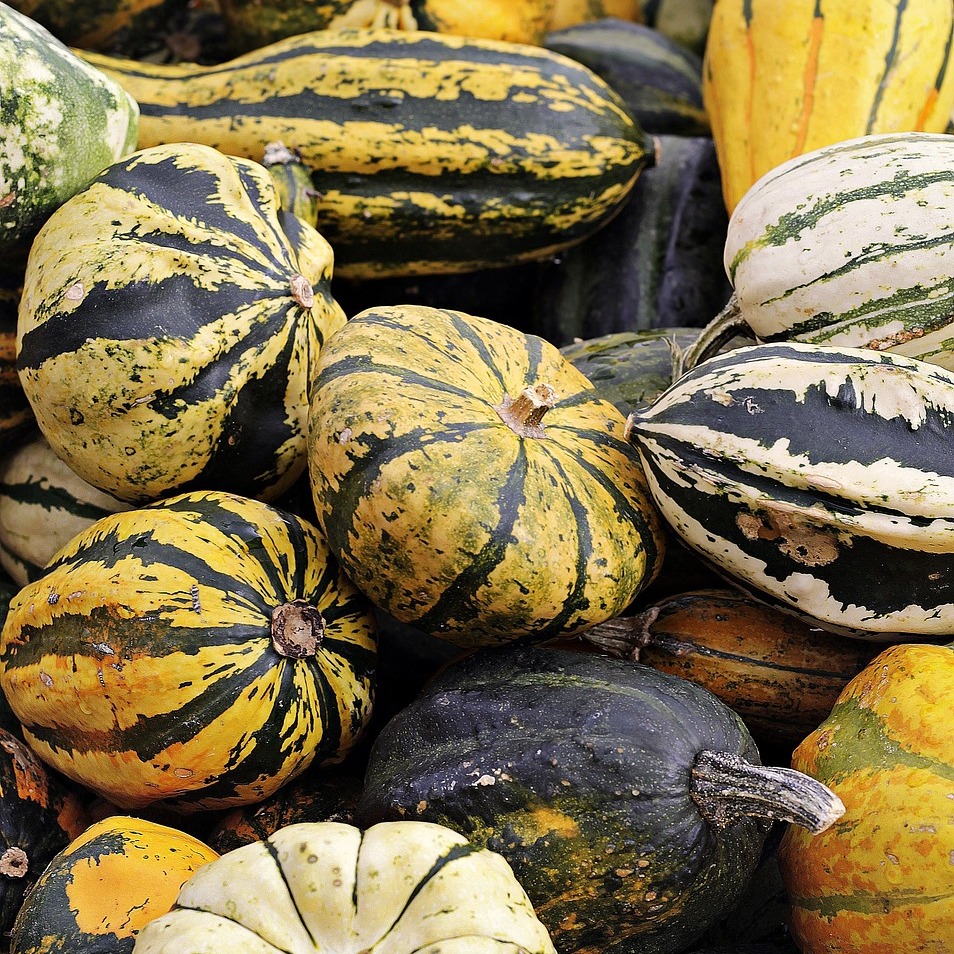
Introduction
Pumpkins are iconic and versatile fruits that can be grown successfully in the United Kingdom. With their vibrant colors and sweet flavor, growing pumpkins in your garden can be a rewarding experience. In this comprehensive guide, we will walk you through the process of growing pumpkins, from selecting the right variety to providing the necessary care for a bountiful harvest. Let's get started!
Choosing the Right Variety
When it comes to pumpkins, there are several varieties suitable for the UK climate. Here are some popular choices:
- 'Jack O'Lantern': A popular variety known for its classic orange color and medium size.
- 'Cinderella': This variety produces deeply ribbed, flattened pumpkins with a unique shape and vibrant color.
- 'Atlantic Giant': An outstanding variety that offers enormous pumpkins, often reaching several hundred pounds in weight.
- 'Sugar Pie': This variety has small to medium-sized pumpkins and is well-suited for culinary use, particularly for making pies.
Planting
Pumpkins are typically grown from seeds. Follow these steps to sow and plant your pumpkins:
- Sowing method: Start pumpkin seeds indoors about 2-4 weeks before the last frost date. Plant them in biodegradable pots or seed trays filled with seed starting mix. Keep the soil consistently moist and provide warmth and bright light for germination.
- Transplanting seedlings: Once the seedlings have developed a few sets of true leaves and all risk of frost has passed, transplant them into the garden. Choose a sunny spot with well-drained soil and enough space for the pumpkin vines to spread.
- Planting method: Dig holes that are wide and deep enough to accommodate the root balls of the seedlings. Space the plants 3-6 feet apart in rows that are 6-10 feet apart, depending on the variety. Place the seedlings in the holes, gently firming the soil around the roots.
- Watering: Water the seedlings thoroughly after planting to settle the soil. Throughout the growing season, keep the soil evenly moist, particularly during dry spells.
Growing
To ensure healthy growth and a bountiful harvest of pumpkins, consider the following tips:
- Sunlight: Pumpkins thrive in full sun. Aim to provide them with at least 6-8 hours of direct sunlight each day.
- Watering: Keep the soil consistently moist, especially during dry spells. Pumpkins require regular watering, particularly during periods of fruit development.
- Soil conditions: Pumpkins prefer well-drained soil that is fertile and rich in organic matter. Incorporate compost or well-rotted manure into the soil before planting.
- Supporting the plants: Some large pumpkin varieties may benefit from support. Use trellises or slings to support the developing fruits and prevent them from touching the ground.
- Pruning: Prune your pumpkin plants to control their size and promote airflow. Remove any excessive foliage or side shoots that divert energy from fruit production.
- Pollination: Pumpkins require pollination to set fruits. Encourage pollinators, such as bees, by planting flowers nearby or manually transfer pollen between flowers using a small brush.
- Harvesting: Pumpkins are ready to harvest when they have reached their desired size and have a hard, mature rind. Cut the pumpkins from the vines, leaving a few inches of stem attached.
Conclusion
Growing pumpkins in the United Kingdom allows you to enjoy the vibrant colors and sweet flavor of these iconic fruits. By choosing the right variety, providing proper care, and addressing common challenges, you can cultivate healthy pumpkin plants that provide a bountiful harvest. Whether you carve them for Halloween, use them in recipes, or decorate your garden, homegrown pumpkins will surely enhance your autumnal experiences. Happy pumpkin growing!